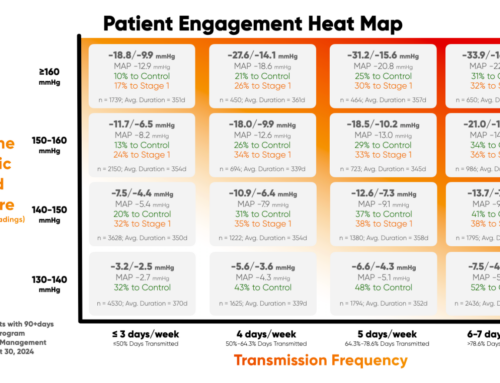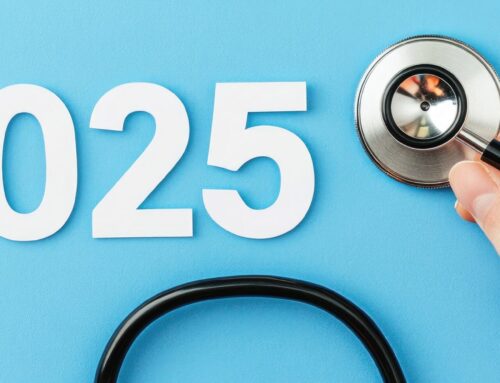Traditional healthcare follows a fee-for-service model in which the patient billed will pay for each procedure or service separately. This system encourages healthcare providers to boost revenue by affecting as many services and procedures as possible.
On the other hand, value-based care incentivizes healthcare providers to administer quality care as the patient’s health outcome becomes the deciding factor for reimbursement. Thus, effective management of a patient’s health generates revenue under a value-based care model.
RPM for Value-Based Care
Rapid evolution in the healthcare industry, with the emergence of bundled payments and patient-centric care, is leading to a heightened emphasis on healthcare systems that improve patient health outcomes while reducing costs. Not just a passing whim, value-based healthcare is slowly but surely turning out to be the future of care delivery in the country.
Numerous organizations are adopting value-based healthcare to improve efficiency by raising quality and lowering costs at the same time. Healthcare providers are employing RPM for value-based care, using technology as a tool to assist in enhanced care delivery, reduced costs, and improved outcomes.
How an RPM Program Facilitates Value-Based Care?
- Focuses on the patient’s needs
- Measures costs and outcomes
- Implements bundled payments
- Integrates care delivery
- Expands geographic reach
- Monitors populations remotely
- Accomplishes measurement efficiencies
- Connects patients and clinicians
How Can Value-Based Care Improve Patient Outcomes?
A value-based care system generates multiple benefits across the board for patients, providers, and suppliers alike. Although it may seem difficult to deliver value-based care and improve patient outcomes at the same time, there are several ways that RPM for value-based care can achieve this successfully.
Reduced Diagnostic Errors
Recognizing issues that may cause errors in diagnosis, and timely intervention to avert them can go a long way in significantly improving patient outcomes. A management system that optimizes workforce resources can address common underlying causes of diagnostic errors, like overworked personnel or staff shortages.
Streamlined Treatment Planning
Evidence-based healthcare practices are increasingly able to extract better results at lower costs. Also, increased exchange of information between physicians and specialists, and the use of electronic health records is helping clinicians implement the right treatments to significantly improve patient outcomes.
Enhanced Transparency
The patient’s health outcomes depend upon the diagnostic quality, treatment planning, and patient monitoring. RPM for value-based care introduces transparent practices by actively engaging patients in collecting their own health data, thereby improving patient outcomes.
Reduced Patient Utilization
The value-based care system focuses on a patient’s health progress instead of the health system, prioritizing quality care instead of volume. Precedence is given to minimizing the total cost of care by keeping patients out of the hospital, reducing patient utilization.
An RPM program for value-based care providers helps healthcare organizations to prioritize the patients in need of the most proactive healthcare by lowering costs and ensuring care continuity beyond hospitalization, post-discharge.
New Revenue Opportunities with Value-Based Healthcare
Remote Patient Monitoring, direct contracting, and virtual services offer new revenue opportunities for healthcare providers with value-based payments. The provider vertical in the healthcare industry will see the opening up of new avenues for revenue generation with accelerated use of virtual care and telehealth spurred by the COVID-19 pandemic. Rural care providers can unlock the value of in-patient, ambulatory, and post-acute services, with participation in integrated networks.
Reap Immediate Benefits of Value-Based Care with HealthSnap
Whatever the clinical, financial, and operational goals of your healthcare organization, RPM for value-based care and telehealth can help improve outcomes. Find out more about how HealthSnap’s data-enabled and outcome-centric integrated virtual care help ACOs and IDNs with enterprise data warehouse integration and customizable care coordination. Call today at 888-780-1872 or contact us online to schedule a consultation.












Leave A Comment
You must be logged in to post a comment.